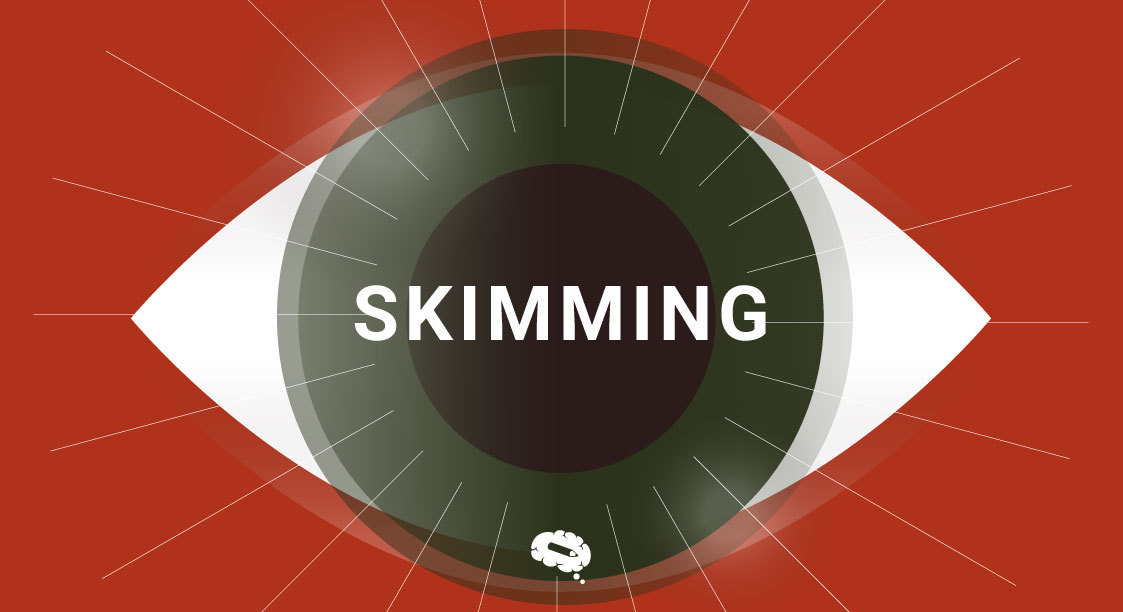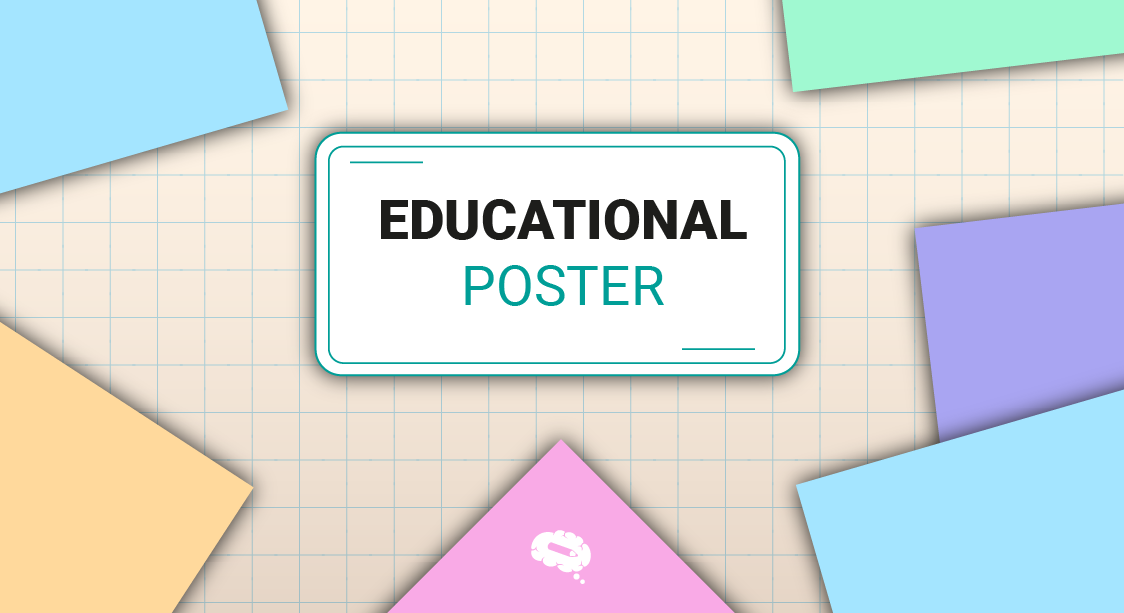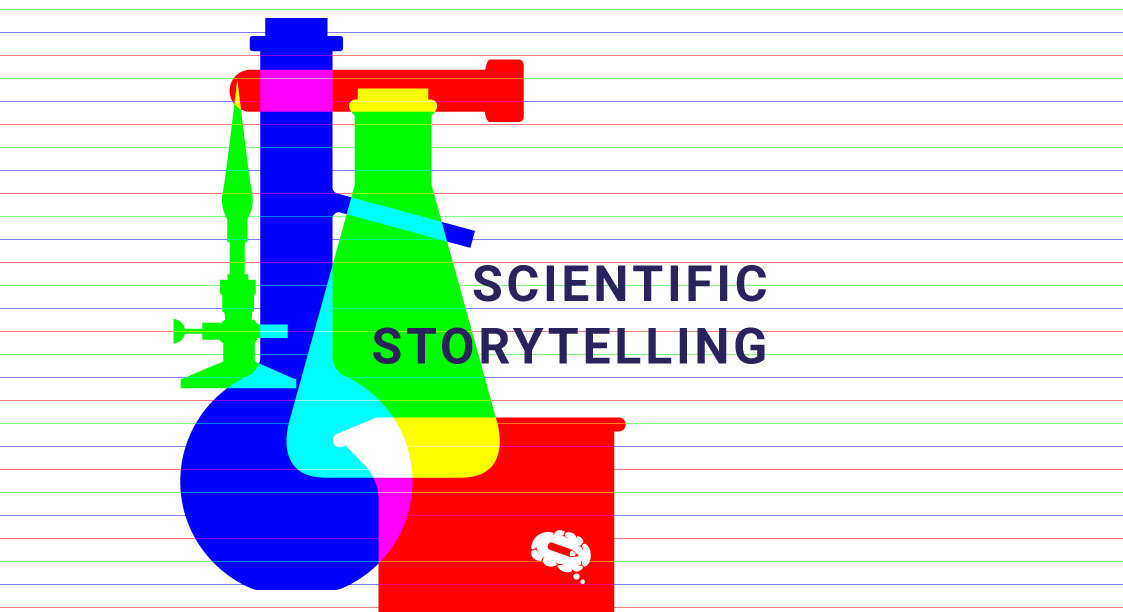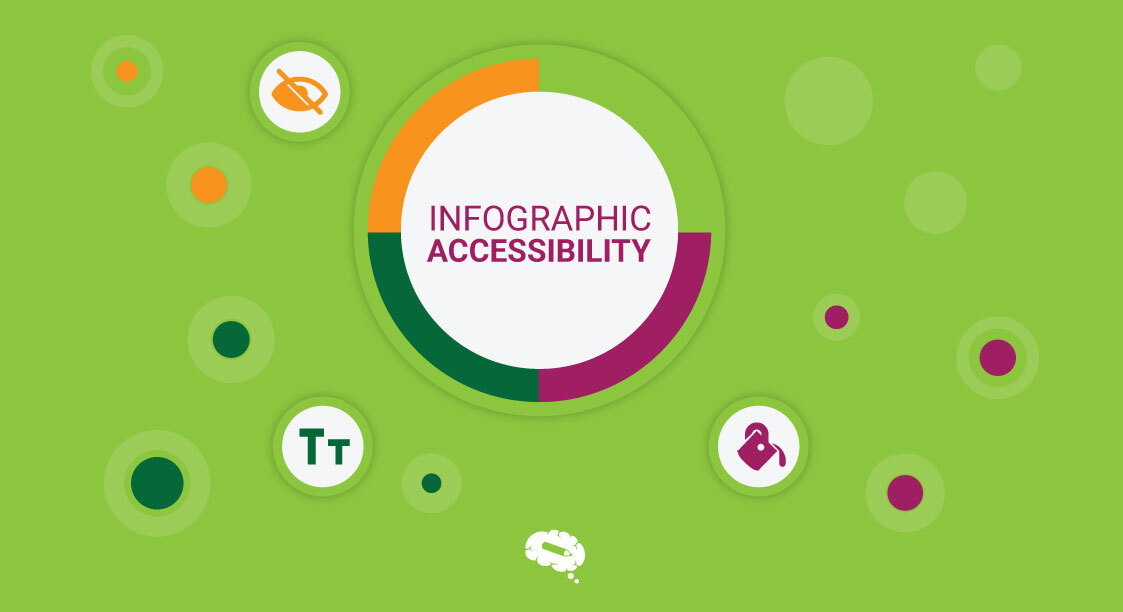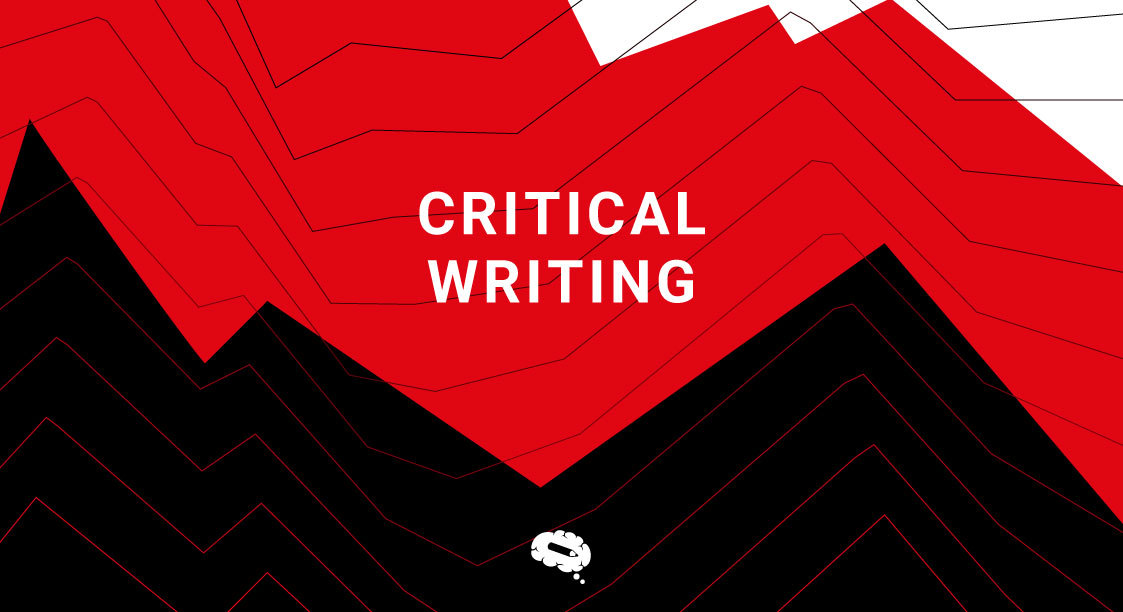Skimming, a technique that allows individuals to rapidly assess and grasp the key points of a text, has emerged as a valuable tool in the pursuit of efficient reading. Whether it’s for academic purposes, work-related documents, or staying up-to-date with current events, mastering the art of skimming can save valuable time and enhance overall comprehension.
However, skimming is not a one-size-fits-all approach, and knowing when to use it is essential. While it is ideal for quickly gathering insights from a wide range of sources, it may not be suitable for tasks requiring in-depth analysis of literary appreciation. Determining the appropriate context to employ skimming ensures that its advantages are maximized while preserving the integrity of more intensive reading endeavors.
This article delves into the intricacies of skimming, exploring how it works, when to employ it, and the various methods and strategies that can be employed to become a proficient skimmer.

What Is Skimming?
Skimming is a reading technique that involves quickly glancing over the content of a text to identify essential information without reading every word. It is a rapid and strategic approach to extract the main ideas and key points from a piece of writing without delving deeply into the details. Skimming is commonly used to gain a general overview of the material, assess its relevance, and decide whether it requires further, more thorough reading.
When skimming, readers typically focus on elements such as headings, subheadings, bolded or highlighted text, bullet points, and illustrations. By scanning through these visual cues and selectively reading parts of the text, the brain processes the information efficiently and quickly infers the content’s main message.
This technique is widely employed in various scenarios, including academic settings to quickly review research papers or textbooks, in professional environments to skim through reports or lengthy documents, and in daily life to catch up on news articles or other informative pieces. Skimming enables individuals to manage the overwhelming volume of information available and helps them make informed decisions about what to read more comprehensively based on their specific needs and interests.
While skimming is not suited for gaining in-depth knowledge, it serves as an invaluable tool for filtering through vast amounts of information rapidly and making efficient use of time during the reading process. Mastering skimming can significantly enhance reading productivity and overall comprehension in today’s information-rich world.
How Does Skimming Work?
The process involves selectively focusing on specific visual cues within the text and leveraging the brain’s natural ability to infer meaning from partial information. Here’s how skimming works:
- Scanning Visual Cues: When skimming, readers scan the text for prominent visual elements that stand out, such as headings, subheadings, titles, and key phrases. These visual cues serve as signposts that highlight the main topics and ideas presented in the text.
- Absorbing the Layout: Skimmers pay attention to the overall layout of the material, including bullet points, lists, and paragraphs’ structure. This helps them quickly grasp the organization and flow of information, providing a sense of how the content is structured.
- Peripheral Vision: Skimming often involves utilizing peripheral vision, allowing readers to cover more content in a single glance. Instead of focusing on each word individually, the eyes move rapidly across the text, capturing chunks of information at a time.
- Activating Prior Knowledge: Skimming leverages the reader’s existing knowledge and familiarity with the subject matter. By activating prior knowledge and connecting it to the visual cues observed, skimmers can quickly understand the context and implications of the text’s main ideas.
- Quick Inference: The brain is remarkably adept at making quick inferences based on partial information. Skimming capitalizes on this ability, enabling readers to form a coherent understanding of the content’s essence without processing every detail.
- Filtering Information: Skimming allows readers to filter through vast amounts of text rapidly. By quickly assessing the relevance and importance of the material, readers can decide which portions require more thorough reading and which can be skipped.
- Efficiency and Speed: Skimming is designed to be a time-saving technique. It enables readers to cover a large amount of content in a short period, making it particularly valuable when dealing with extensive research papers, reports, or multiple sources of information.
Skimming serves as an initial step to determine the content’s significance and whether further, more thorough reading is necessary based on the reader’s specific goals and requirements. Mastering the art of skimming can greatly enhance reading efficiency and productivity in today’s information-driven world.
When To Skim?
Knowing when to employ the skimming technique is crucial to its effective use. Skimming is particularly useful in the following situations:
- Information Overload: When faced with a large volume of information, such as research papers, lengthy reports, or multiple articles, skimming allows you to quickly assess the content’s relevance and main points. It helps you prioritize which materials require more in-depth reading and which can be skimmed for essential information.
- Initial Research: Skimming is an excellent starting point for research projects. By skimming through various sources, you can identify relevant articles, books, or studies related to your topic, enabling you to build a solid foundation before diving into more comprehensive reading.
- Time Constraints: In time-sensitive scenarios, such as exam preparation or last-minute work tasks, skimming allows you to cover a broad range of material swiftly. This can be especially valuable when you need to gather information quickly and efficiently.
- Reviewing Content: When revisiting previously read materials or reviewing notes, skimming helps refresh your memory by quickly capturing the main points and ideas, allowing you to reinforce your understanding in a time-efficient manner.
- Newspaper and Online Articles: Skimming is well-suited for reading news articles, blog posts, and online content. It allows you to keep up with current events and stay informed without investing significant time in each piece.
- Non-fiction Books: For non-fiction books, especially those where the chapters or sections cover distinct topics, skimming can provide an overview of the book’s contents, helping you decide which sections to explore further.
- Familiar Topics: If you have prior knowledge of a subject or are familiar with the material, skimming can be sufficient to gain any new insights or updates without reading every detail.
Despite its advantages, there are situations where skimming may not be appropriate:
- In-Depth Analysis: Skimming is not suitable when a thorough understanding of the material is required. For critical analysis or academic study, more comprehensive reading methods are necessary.
- Literary Appreciation: When reading literature or poetry for enjoyment and appreciation, skimming is not ideal, as it may compromise the immersive experience and literary nuances.
- Technical Details: Skimming may not be adequate for absorbing intricate technical information, as it might lead to misunderstandings or oversight of essential details.
Ultimately, the decision to skim or read in-depth depends on your specific goals, the nature of the material, and the time available. Skimming is a valuable skill for efficiently processing information, but it should be combined with other reading techniques as needed to ensure a comprehensive and well-rounded understanding of the content.
Skimming Methods And Strategies
Here are some popular skimming techniques that can help enhance your reading speed and comprehension:
- Previewing: Before diving into the material, spend a few moments previewing the text. Read the title, headings, subheadings, and any bolded or highlighted text. This gives you a sense of the main topics and ideas covered in the content.
- Z-Pattern Skimming: This method involves moving your eyes in a zigzag pattern across the page. Start at the top-left corner, move horizontally to the top-right corner, then diagonally down to the bottom-left corner, and finally, scan horizontally to the bottom-right corner. This technique allows you to cover the entire page efficiently.
- Meta-guiding: Use your finger, a pen, or a pointer as a guide while skimming. Move it along the lines of text, which helps keep your eyes focused and prevents distractions. This can also assist in maintaining a steady reading pace.
- Focused Keyword Skimming: Identify and focus on keywords, phrases, or numbers that stand out as important or related to your specific topic. This selective approach allows you to quickly grasp the main points without reading the entire content.
- Chunking: Grouping information into meaningful chunks can aid in comprehension while skimming. Look for blocks of text or sections that seem to contain related information, and focus on those clusters to get a coherent understanding of the content.
- Highlighting or Underlining: If skimming a physical document or using an e-reader with highlighting capabilities, mark important passages or sections that stand out during the skimming process. This makes it easier to go back and review the crucial points later.
- Visual Elements: Pay attention to graphs, charts, and illustrations as they often convey information efficiently. Skim through these visual elements to grasp key data and trends.
- First and Last Sentence: Read the first and last sentence of each paragraph to get a sense of the main idea and how the content is organized. This technique can provide valuable insights without reading every sentence.
- Internal Summaries: Some texts contain internal summaries or topic sentences that provide a concise overview of the content. Look for these summaries to quickly grasp the material’s main points.
- Practice Regularly: Like any skill, skimming improves with practice. Set aside time to practice skimming different types of texts to enhance your speed and accuracy.
By incorporating these skimming methods and strategies into your reading routine, you can become a more efficient and effective reader in today’s information-driven world.
Over 75,000 Accurate Scientific Figures To Boost Your Impact
Unlock the Power of Impactful Science Communication with Mind the Graph! Our revolutionary platform offers over 75,000 accurate and captivating scientific figures to supercharge your research impact. Simplify data visualization, engage your audience, and save valuable time and resources. Join our thriving scientific community and experience the ease of creating stunning visuals, accelerating publication, and amplifying your reach. Don’t miss this opportunity to elevate your research to new heights with Mind the Graph! Sign up now and unleash the full potential of your scientific discoveries!

Subscribe to our newsletter
Exclusive high quality content about effective visual
communication in science.

